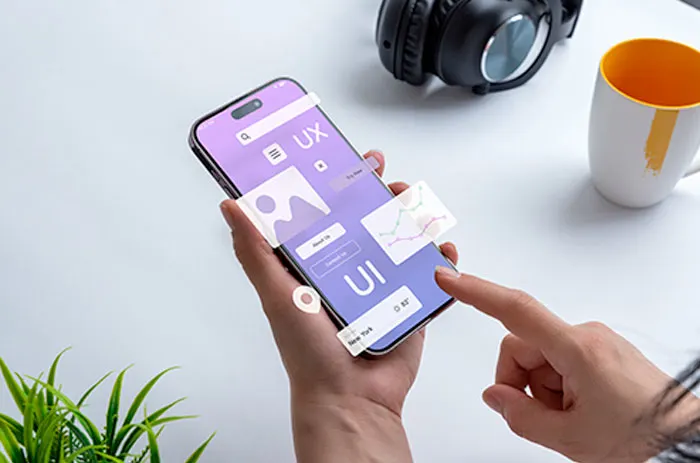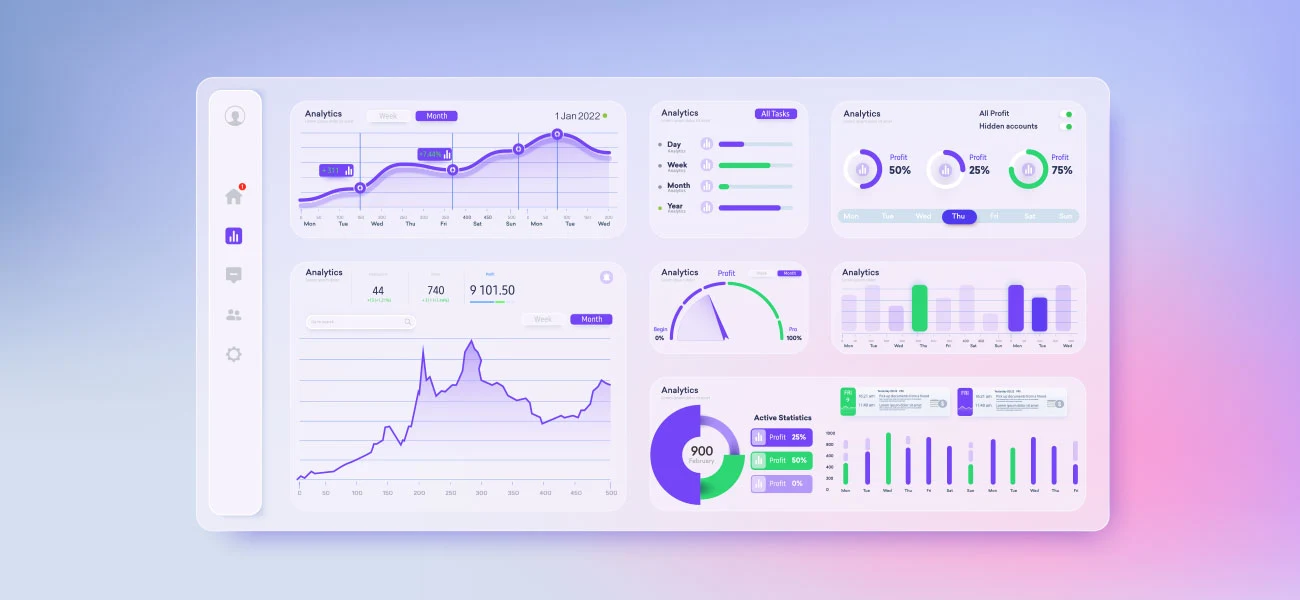User experience and user interface design are evolving fast. With new technologies, shifting user expectations, and design tools advancing, staying updated is crucial for digital success. In this post, we explore the top UX/UI trends expected to dominate in 2025 and how you can apply them to create more engaging, intuitive digital experiences.
1. AI-Powered Personalization
AI is changing how we design interfaces. Expect hyper-personalized user journeys based on behavior, preferences, and real-time interactions.
Key Impact:
- Dynamic content delivery
- Customized product recommendations
- Smarter chatbots with human-like interaction
2. Voice & Gesture Interfaces
As devices integrate voice assistants and motion sensors, gesture and voice-based interactions are becoming key parts of modern UX.
Design Tip: Design for micro-interactions that support voice triggers and natural user gestures, especially on mobile and smart devices.
3. Microinteractions with Motion Design
Tiny animations—like button hovers, progress loaders, or swipe transitions—make a big impact when done right.
Why it matters:
- Enhances feedback and usability
- Increases delight and engagement
- Improves navigation clarity


4. Inclusive & Accessible Design
Accessibility is no longer optional. More brands are embracing inclusive design practices to ensure everyone can use their products.
Focus Areas:
- Contrast ratios and readable fonts
- Keyboard navigation
- Screen reader compatibility
5. Minimalist, Content-First Layouts
Clean, minimal designs with bold typography and focused messaging are gaining popularity. They load faster and reduce friction.
Pro Tip: Use whitespace generously and lead users with a clear content hierarchy.
6. Dark Mode and Theme Switching
Dark mode is now a standard feature users expect. Allowing users to switch themes improves comfort and accessibility.
Consider:
- Designing in both modes from the start
- Ensuring brand consistency in dark UI
7. Advanced Scroll & Parallax Effects
Subtle scrolling animations and parallax effects add depth and movement to websites without overwhelming the user.
Use it to:
- Tell a story as the user scrolls
- Create immersive product or brand pages
8. Data-Driven UX Decisions
UX design is increasingly driven by analytics and user testing. Tools like heatmaps, session recordings, and A/B testing help refine UX based on real behavior.
Tip: Design, measure, test, and iterate. Let data shape your user flows and layout decisions.
Conclusion
2025 is shaping up to be a year of smarter, more human-centered digital design. From AI to accessibility and motion design, these trends offer exciting opportunities to enhance user experiences.
👉 Want to bring these trends into your next web or app project? Let’s create something great together.

